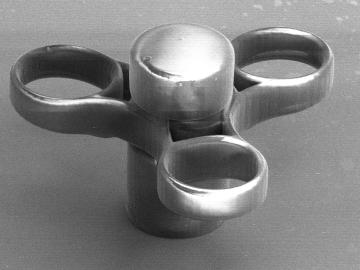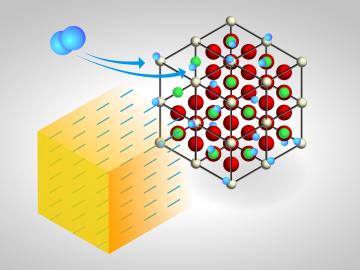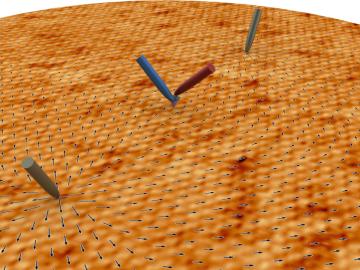
Filter News
Area of Research
- (-) Materials (21)
- (-) Supercomputing (17)
- Advanced Manufacturing (4)
- Biological Systems (2)
- Biology and Environment (7)
- Data (1)
- Energy Science (41)
- Fossil Energy (1)
- Isotope Development and Production (1)
- Neutron Science (18)
- Nuclear Science and Technology (6)
- Sensors and Controls (1)
- Transportation Systems (1)
Media Contacts


Deep neural networks—a form of artificial intelligence—have demonstrated mastery of tasks once thought uniquely human. Their triumphs have ranged from identifying animals in images, to recognizing human speech, to winning complex strategy games, among other su...


The U.S. Department of Energy’s Office of Science announced 55 projects with high potential for accelerating discovery through its Innovative and Novel Computational Impact on Theory and Experiment (INCITE) program. The projects will share 5.95 billion core-hours on t...


For some crystalline catalysts, what you see on the surface is not always what you get in the bulk, according to two studies led by the Department of Energy’s Oak Ridge National Laboratory. The investigators discovered that treating a complex

New method to detect spin current in quantum materials unlocks potential for alternative electronics

The Big Bang began the formation and organization of the matter that makes up ourselves and our world. Nearly 14 billion years later, nuclear physicists at the Department of Energy’s Oak Ridge National Laboratory (ORNL) and their partners are using America’s most powerful supercomp...

The field of “Big Data” has exploded in the blink of an eye, growing exponentially into almost every branch of science in just a few decades. Sectors such as energy, manufacturing, healthcare and many others depend on scalable data processing and analysis for continued in...

Rice University researchers have learned to manipulate two-dimensional materials to design in defects that enhance the materials’ properties. The Rice lab of theoretical physicist Boris Yakobson and colleagues at the Department of Energy’s Oak Ridge National Laboratory are combi...


